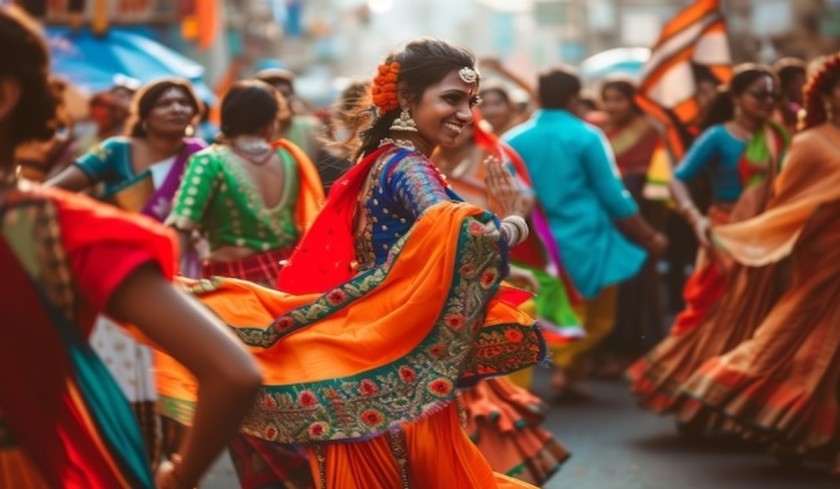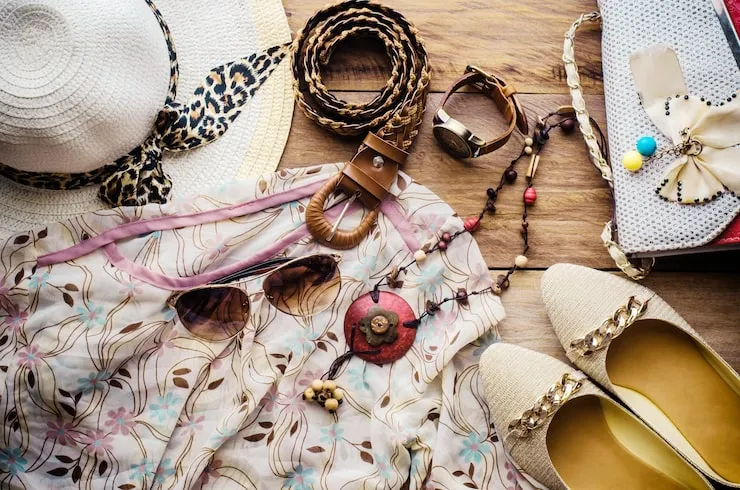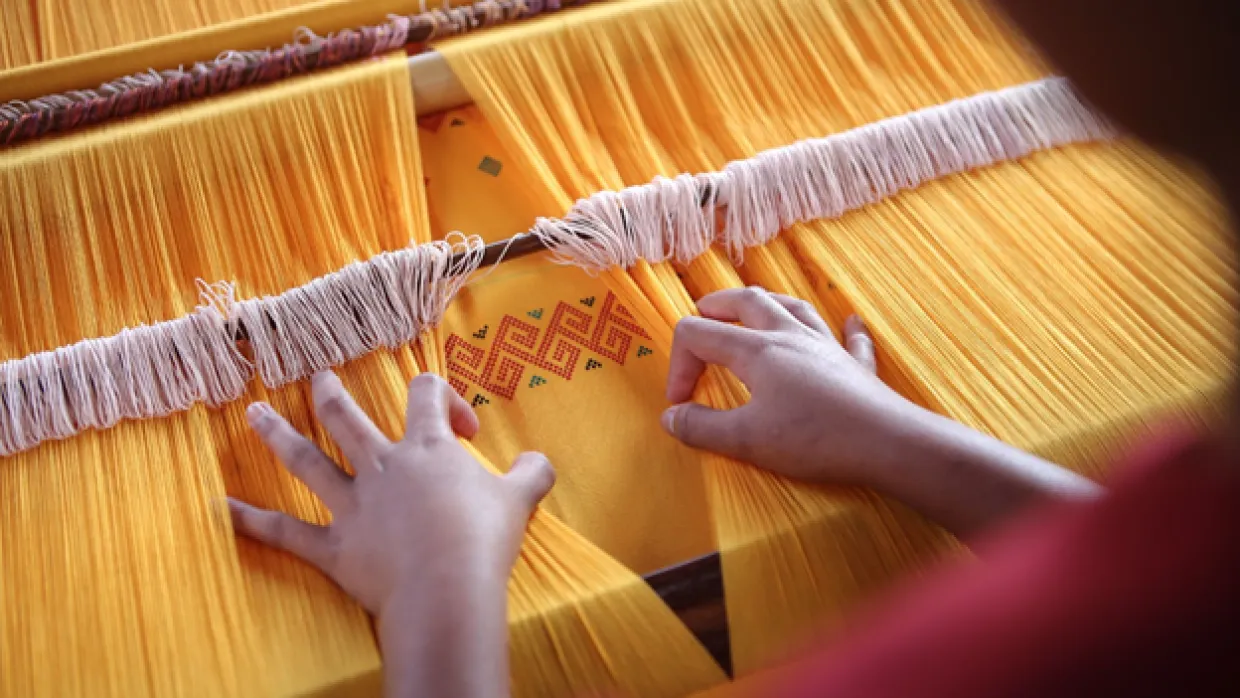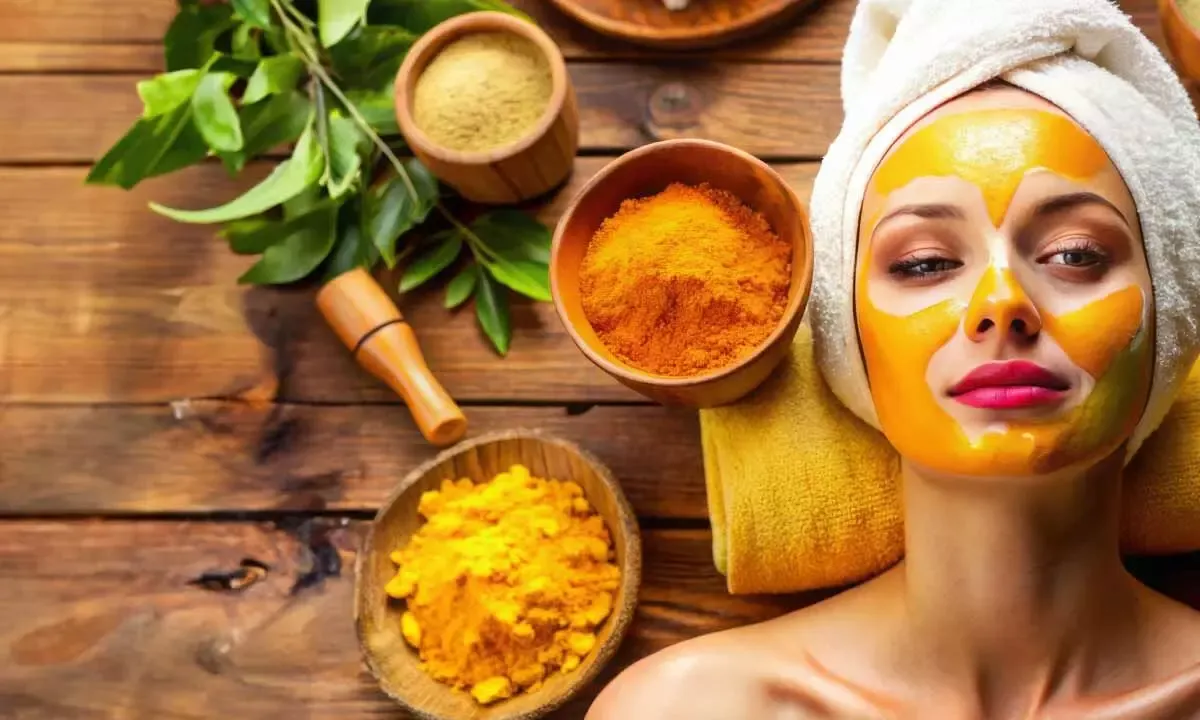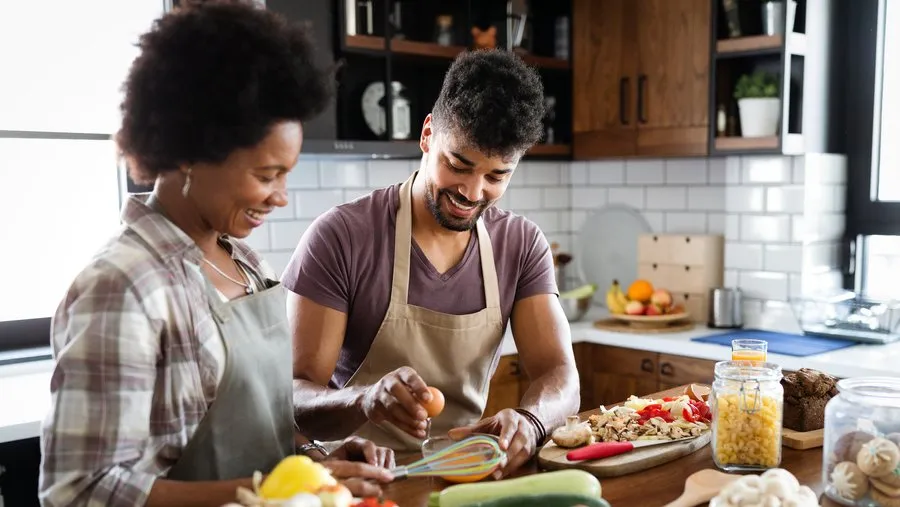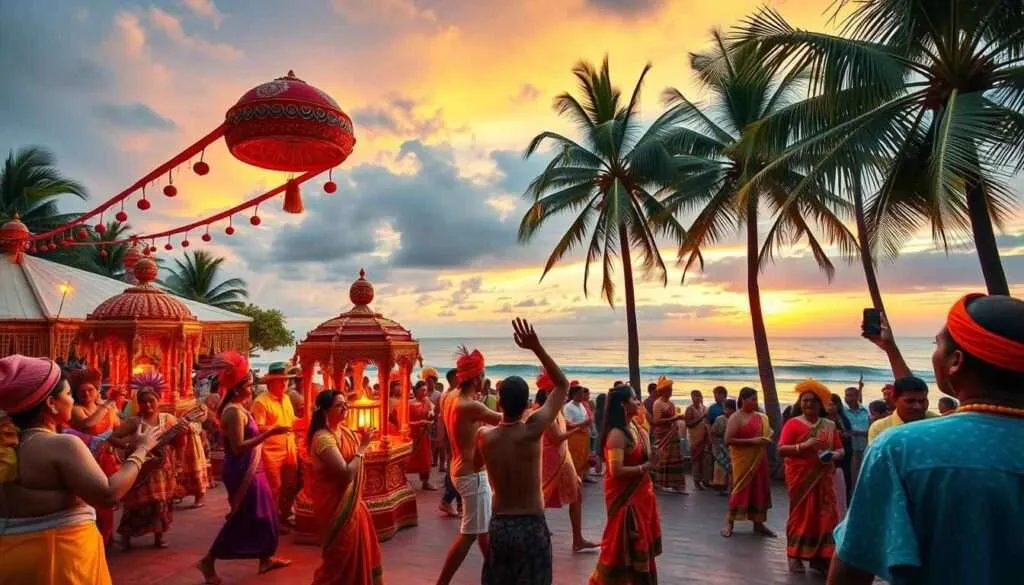In addition to being the capital of India, Delhi is a city where each basti, mohalla, and street has a unique narrative to tell. It is home to people from across the nation. People of different languages, dress, food and customs together form the identity of this city. This is the reason why Delhi is also called "Mini India." The community culture here is an example of how unity and brotherhood can prevail even in diversity.
Delhi: A confluence of diversity
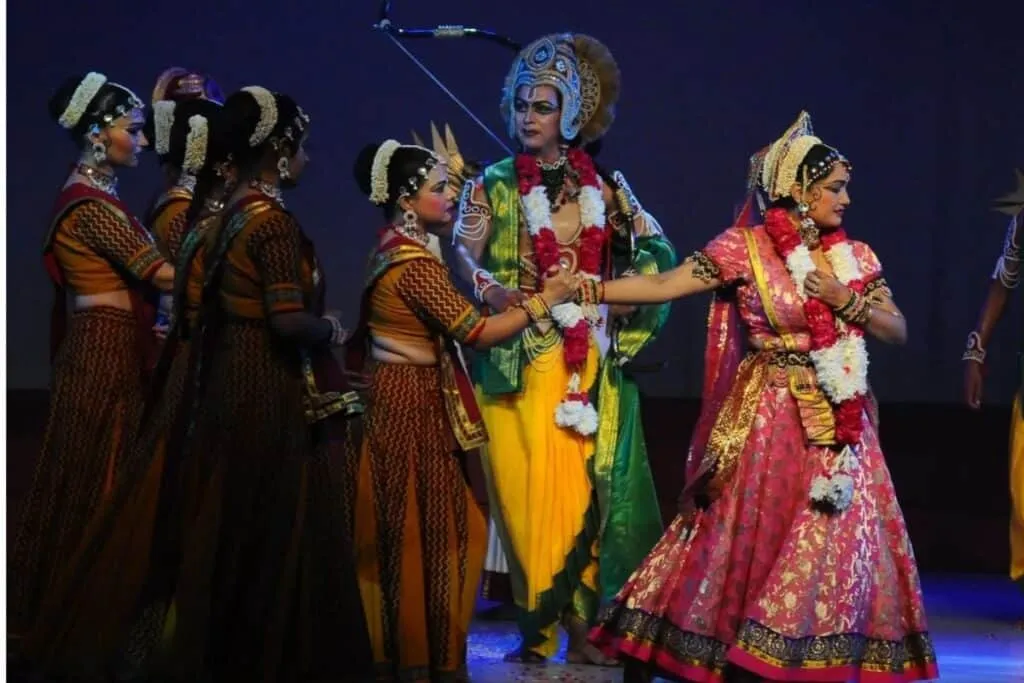
- The beauty of Delhi lies in its diversity. Every region here shows a glimpse of a state.
- Old Delhi customs on Chandni Chowk's streets.
- Glimpses of Karol Bagh and Lajpat Nagar's Punjabi culture.
- Bengali community colors and flavors in CR Park.
- North Indians meet at Sarojini Nagar and Delhi community culture.
- Identification of South Indians in Nehru Place and Dwarka.
- Every community has cherished its culture and at the same time has assimilated into the soil of Delhi.
Read Also: Dussehra Explained: Science, Victory and Values
Unity in festivals
In Delhi, every holiday is celebrated with great fervor. Be it Diwali, Eid, Christmas, Gurupurab or Durga Puja - people join by rising above religion and caste.
- Diwali: Lighting and decoration in every village.
- Eid: The fragrance of prayers in mosques that people do and sweet savouries in mohallas.
- Gurupurab: Langar and Bhajan in Gurudwaras.
- The Christmas: Prayers and colorful Christmas trees in churches.
- Durga Puja: Dance, music and feasting in pandals.
These festivals are not just limited to religious beliefs, but also strengthen mutual harmony and friendship.
Local Assemblies and Mohalla Culture of Delhi
- The true strength of Delhi's society lies in its mohalla culture.
- Children are seen playing in the street.
- Women are sitting at home.
- Elders share memories together in parks.
- Every colony has its own community center where small and big programs take place.
- Together, these factors provide people a feeling of security and belonging.
Diversity in food
Delhi's cuisine is a true reflection of its culture. Here you will get a taste of every state.
- Punjabi tadka: Beans, carrots and spinach.
- South Indian flavours: Idli, dosa and sambar.
- Bengali sweets: Rasgulla and Mishti doi.
- North Indian Thali: Bread, cereals, vegetables and desserts.
- The Street Food: Beans, potatoes, carrots and cabbage.
This confluence of food brings people closer, as Delhiites often strengthen friendships and bonds by saying "let's eat something outside."
Festivals and Cultural Events in Delhi
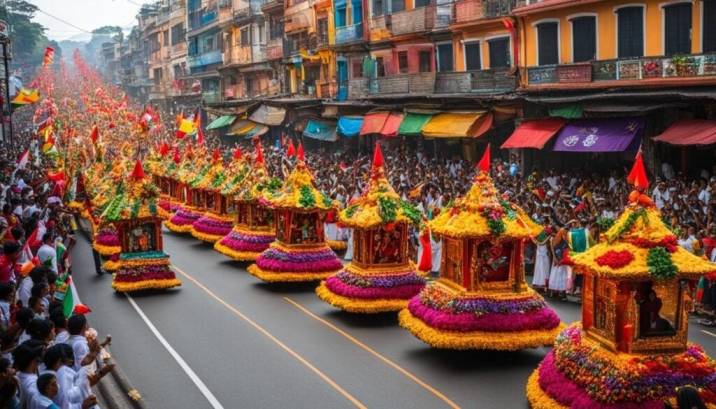
There are various fairs and events throughout the year in Delhi.
- Delhi Haat: It is a synthesis of the nation's art and culture that people like very much.
- Surajkund Fair: Special recognition of handicrafts and folk dances.
- People from all around the world gather at the Book Fair and Trade Fair.
- At the Ramlila and Ganpati Festival, thousands of people congregate to celebrate.
In these events, people from every class and every community participate and strengthen the community culture of Delhi cultural unity.
Friendship and cooperation
-
People of Delhi support each other even in difficult times.
- In a disaster, people work together.
- Neighbours help when they are sick.
- On weddings and festivals, people share hands in preparation for each other.
- This cooperation is the identity of Delhi, which makes it different from the rest of the cities.
You May Also Like: Mumbai Navratri Pandals: From Garba to Galli
A new generation and a new mindset
- Today's new generation is getting more connected through social media and technology.
- Students are at the forefront of understanding and embracing different cultures.
- Cultural programmes in schools and colleges teach children the importance of diversity.
- The youth are now carrying tradition and modernity with them.
Conclusion
Delhi's community culture teaches us a very profound lesson - that when people come together, relationships are strengthened despite differences. People of every caste, every religion and every state live here, yet everyone supports each other under one roof. That is why Delhi is called 'Delhi of the heart'.
- If we respect each other's culture, society can become even more beautiful.
- Festivals, fairs and feasts are not just traditions but also a means of bonding.
- Neighbourhood and mohalla culture make us realise that togetherness is more important than loneliness.
Today's generation should take this message from Delhi that the real strength is not in big buildings or glittering lights, but in the love and brotherhood that people have for each other. Imagine, when people speaking different languages, wearing different clothes and having different food habits can also live like a family, why can't we all do the same? Delhi inspires us. Being together is true happiness.vDiversity does not separate us, but brings us closer. Culture is the foundation of society.
Delhi is more than just a city of structures, marketplaces, and historical sites, after all. It's a city of hearts that beat together. It teaches us that true beauty is created when we all hold each other's hands and live each moment together.



